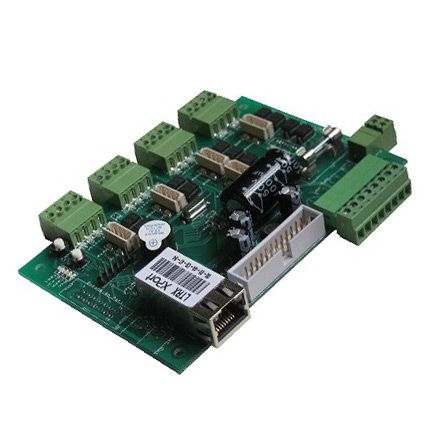

The Price of Patterned Glass Understanding Costs and Factors Influencing Prices
Patterned glass, a decorative and functional material, has become increasingly popular in architectural design and interior decoration. With its unique textures and designs, patterned glass serves various purposes, from enhancing privacy to providing aesthetic appeal. However, one question often arises among consumers and professionals alike what drives the price of patterned glass?
Understanding Patterned Glass
Patterned glass is created by pressing patterns into the glass surface during the manufacturing process, resulting in a textured finish. This can range from simple, subtle designs to intricate, elaborate motifs. Common uses include bathroom windows, office partitions, and glass doors. The distinctive appearance of patterned glass can also enhance the overall look of a space, making it a favored choice among architects and interior designers.
Factors Influencing the Price of Patterned Glass
1. Manufacturing Processes The method used in creating patterned glass significantly affects its price. Traditional methods, such as hand-pressing or etching, can be labor-intensive and time-consuming, leading to higher costs. Conversely, modern techniques like digital printing or roller printing may offer more economical options, yet their quality and durability can vary.
2. Type of Glass The base material of the glass also plays a crucial role in pricing. Tempered glass, which undergoes a special heating process to increase strength, typically costs more than standard glass. Additionally, the thickness and size of the glass panels can influence the price. Larger panels or thicker glass often require more resources and handling, further increasing costs.

3. Pattern Complexity The intricacy of the pattern itself is another key factor. Simple designs may be affordable and widely available, while custom or intricate patterns often come at a premium. Customization requires additional design work and manufacturing time, contributing to higher costs.
4. Finishing Options The type of finishing applied to the patterned glass can also impact the price. Options like laminating, coating, or even adding UV protection can add to the overall cost. These finishing touches not only enhance durability and functionality but also improve aesthetic qualities, making them worth the investment for many consumers.
5. Market Demand Like any product, the pricing of patterned glass is influenced by market demand. In regions where construction and renovation activities are booming, the demand for patterned glass may drive prices up. Conversely, slower markets may see prices stabilize or even decrease as suppliers vie for business.
6. Supplier and Distribution Costs Finally, the choice of supplier and distribution logistics can affect prices. Local suppliers may offer competitive pricing due to reduced transportation costs, while international suppliers might charge higher shipping fees. Additionally, reputation and reliability of a supplier can also impact the price, as well-established brands may charge more for perceived quality and service.
Conclusion
In conclusion, the price of patterned glass can vary widely based on several factors, including manufacturing processes, material types, complexity of patterns, finishing options, market demand, and supplier choice. For consumers and businesses, understanding these elements is essential for making informed decisions when purchasing patterned glass. While it may come at a higher price point compared to standard glass, the benefits of aesthetics, functionality, and customization often justify the investment. By weighing these factors carefully, individuals can select the best patterns and styles that fit their needs and budgets, ultimately enhancing their environments with this versatile material.